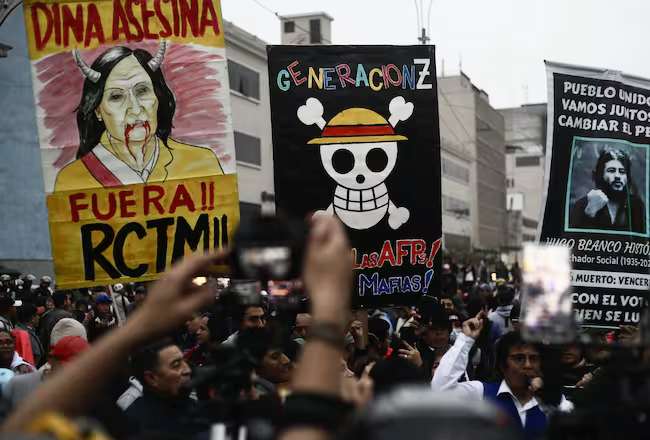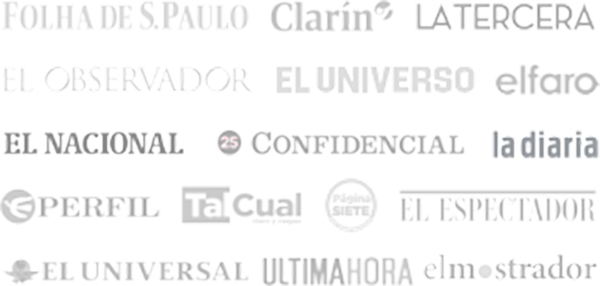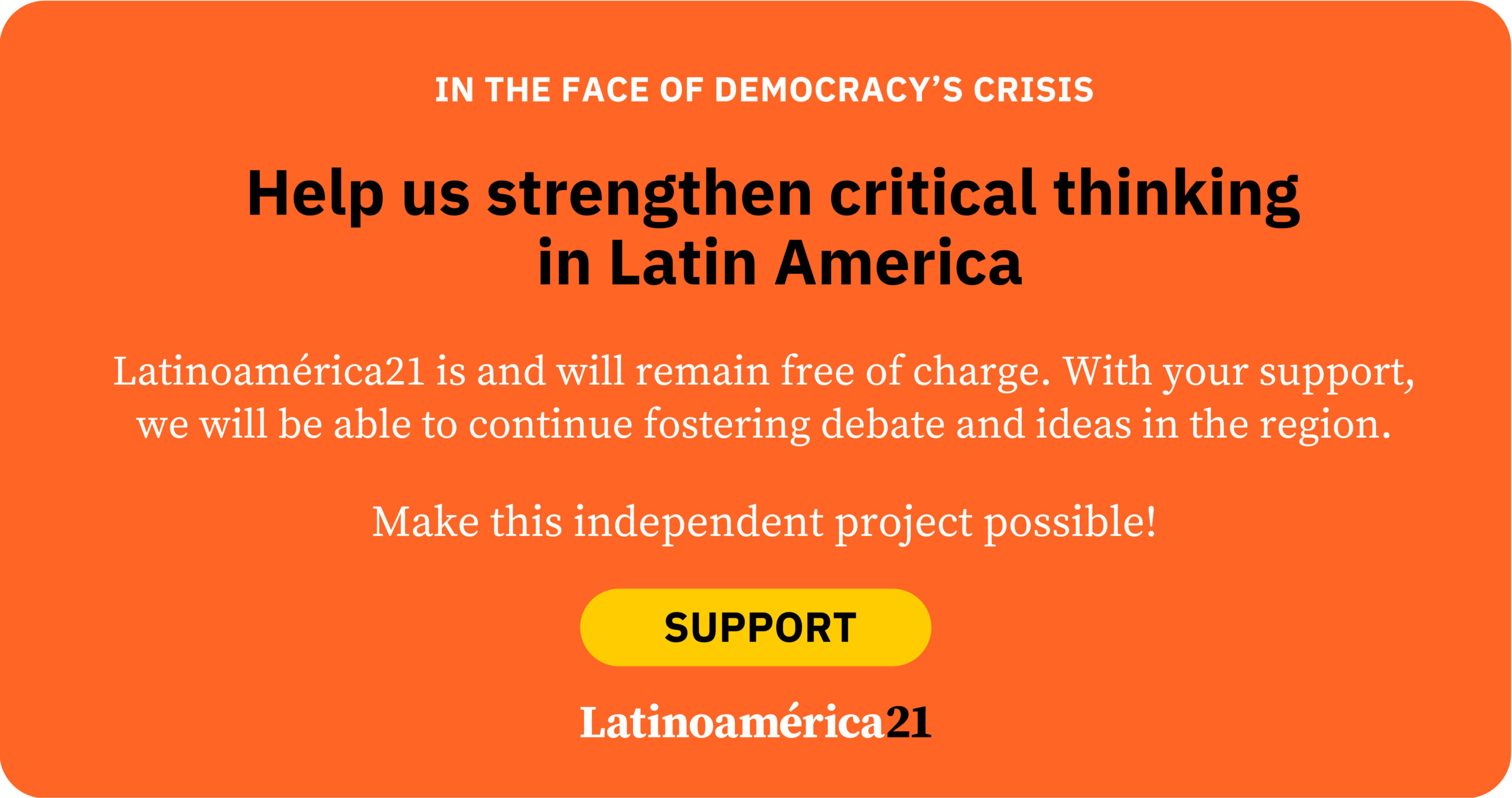Since late September, Morocco has been experiencing one of the largest protests since the 2011 Arab Spring and the February 20 Movement. Thousands of young people, organized under the name GenZ 212 (a reference to the country’s telephone code), took to the streets of cities like Agadir, Casablanca, and Rabat to denounce the deteriorating public services, unemployment, and corruption.
What began as outrage over the deaths of eight pregnant women at a public hospital in Agadir soon grew into a national movement. But the scale of these marches demonstrated not only the level of national outrage but also the innovation of this generation. Without leaders or formal structures, it found a unified voice through the digital platform Discord.
A spark in a divided country
Today’s Morocco is a country of contrasts. While the government invests billions of euros in stadiums for the 2025 African Cup of Nations and the 2030 World Cup, public hospitals lack basic equipment and schools are crumbling due to lack of maintenance. The Moroccan government had placed its faith in these infrastructure investment plans for the 2030 World Cup (which it is co-hosting with Spain and Portugal) in the hope of offsetting the net job losses, the first in the 25-year reign of Mohammed VI. Ironically, this investment, intended to boost the labor market, ended up becoming the main symbol of discontent.
Outrage erupted when it became known that the eight women died due to a lack of resources for cesarean sections. “Less World Cup, more hospitals” became the motto of a generation that grew up amidst broken promises and bright screens. In this context, Generation Z (born between 1995 and 2010) emerged as a unique political actor. They represent nearly 41% of the population and are the most connected and frustrated generation in Morocco: youth unemployment, at 37%, is one of the highest in the region, and nearly one in three young people express the desire to emigrate. But, unlike previous generations, this one doesn’t trust political parties, unions, or even traditional media. Their space for action is digital, and their organizing tool, unexpectedly, is an app designed for gamers.
From video games to mobilization
Discord was born in 2015 as a chat platform for online video games. Its design allowed for team coordination, real-time conversations, and seamless strategy sharing. But that same architecture—thematic channels, private servers, anonymity, and instant communication—has transformed into an ideal infrastructure for decentralized political organization. The Moroccan case clearly demonstrates this. In a matter of days, the GenZ 212 server brought together more than 180,000 users, who simultaneously discussed strategies, voted on decisions, and coordinated protests in different cities.
Discord offered what Facebook and X no longer could: a closed, horizontal space free from direct surveillance, where young people could express themselves without the fear inherited from their parents. The technical advantages were obvious. Channels were divided by region, discussions were organized by topic, and voting was done collectively. Voice and video tools allowed for real-time meetings between thousands of users. All of this, combined with the ability to use pseudonyms and create accounts without phone numbers, gave the movement a sense of autonomy and digital security that was difficult to replicate on other networks.
A generation without fear or hierarchies
Beyond technology, the phenomenon reflects a profound cultural shift. Moroccan Generation Z doesn’t seek leaders or parties; it seeks community. Unlike the movements of 2011, which were structured around ideologies or visible figures, GenZ 212 defines itself as apolitical, horizontal, and “faceless .” Its demands (health, education, dignity) are universal and nearly impossible for traditional forces to co-opt. The movement also breaks with inherited fear. Young Moroccans grew up watching the Arab Spring being repressed and the promised reforms fading away.
But, unlike their parents, they are not burdened by the tacit pact of silence. On their channels, the messages are direct, sometimes irreverent: criticism of Prime Minister Aziz Akhannouch’s government is outspoken, although respect for King Mohammed VI remains a red line. Their demands do not seek to overthrow the monarchy, but rather to force it to intervene to curb corruption and restore social justice. This new generation is also globalizing its political language. At marches, they wave a peculiar flag: that of the manga One Piece, a symbol of rebellion and justice. Memes, emojis, and cultural references are part of the discourse, blending pop culture and politics with ease. It is a form of resistance that is understood in Tangier (Morocco), but also in Kathmandu (Nepal) and Antananarivo (Madagascar), where similar movements have emerged under the same digital logic.
The reflection in Peru
The decentralized marches in Peru, with a strong presence of Generation Z, also channel a pent-up discontent with the lack of opportunities , daily insecurity, and the impunity of the elites, in a country where one in four young people neither study nor work. The demonstrations, led by young people under 30, emerged in response to a reform of the private pension system, which imposed mandatory contributions on self-employed workers and restricted early withdrawals. Although Congress reversed the measure, the initial demand transformed into a broader protest against a political system perceived as corrupt, inefficient, and out of touch with citizens’ needs.
From Latin America, this movement shares traits with recent youth protests in Morocco and other parts of the world: diffuse leadership, social media-based organization, and the use of global cultural symbols that express rebellion and aspirations for justice. On the streets of Lima and other cities, the pirate flag inspired by the manga One Piece also played a leading role as an emblem of a generation that feels deprived of the right to dream and seeks to regain hope through protest.
With more than 25% of the electorate, young Peruvians represent a new political actor with the potential to influence the 2026 elections. Their emergence marks not only a crisis of representation, but also the emergence of a collective subject that, as in Morocco, uses protest as a means to demand dignity, participation, and a future of its own within systems perceived as closed.
The limits of digital horizontality
But this model also has its limits. The same horizontality that makes the movement inclusive can become a problem. Server moderators, often inexperienced volunteers, struggle to control discourse or prevent misinformation. In Nepal, a similar server was overrun by misinformation and digital sabotage. In Morocco, administrators have had to enforce strict rules (such as limiting speaking time to a few minutes) to prevent chaos. Furthermore, messages are not encrypted, and the platform has cooperated with authorities in other countries, raising fears of possible leaks or retaliation.
What distinguishes Discord from its predecessors (Facebook during the Arab Spring or Twitter during the Hong Kong protests) is its private, communal nature. It is not an open public square, but a series of small digital assemblies. This allows movements to be less visible and therefore more resistant to censorship or state control. But it also entails a paradox: the revolution is no longer fought on the streets, but in closed, anonymous spaces that are difficult to represent politically.
Still, the impact is real. GenZ 212 managed to articulate a national discourse in a matter of days, mobilizing a generation previously thought to be apathetic. Their demand for dignity, health, and education has brought issues that the political establishment preferred to ignore back to the forefront. Although the movement’s future is uncertain, its existence marks a turning point in Moroccan politics.
From click to change
The youth mobilization demonstrates that technology not only changes the way we communicate, it also changes the way we understand political action . Discord, created to coordinate online gaming sessions, has become a tool for coordinating protests for human dignity. What began as a leisure channel is now a symbol of youthful organization, frustration, and hope.
Perhaps that’s why, more than a platform, Discord embodies a generational metaphor: a youth who, tired of waiting in silence, learned to engage in politics from the intimacy of a screen. They don’t need a leader, a party, or a public square: just a server where outrage turns into conversation, and conversation into action, marking the end of a generation that refused to be silenced.
*Text originally published on Diálogo Político.














